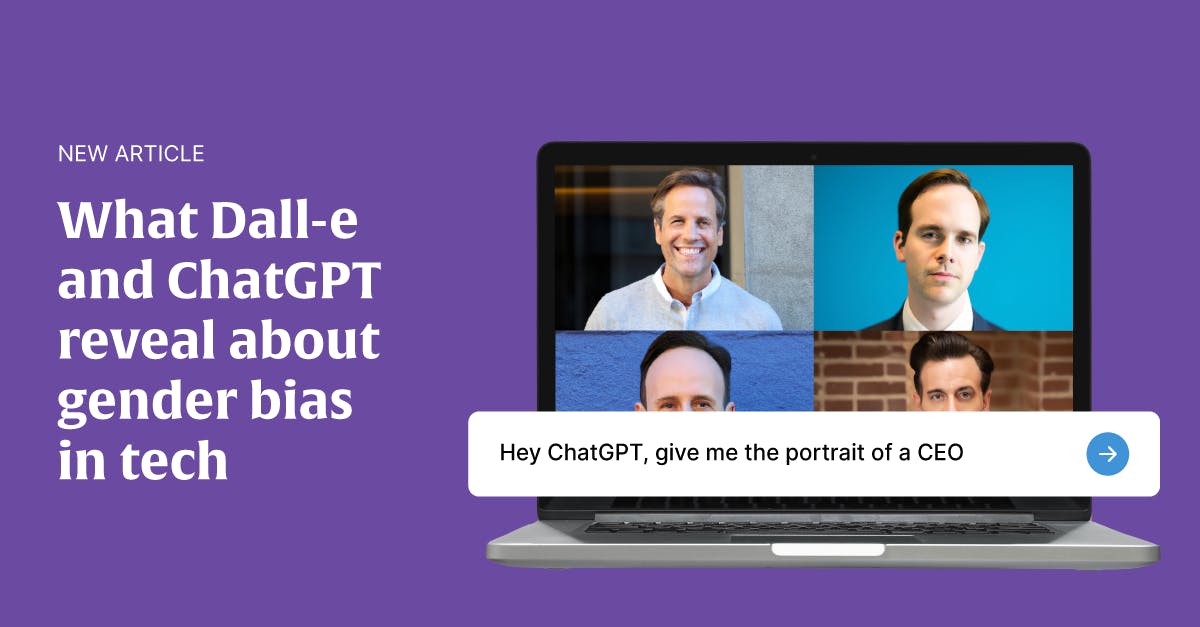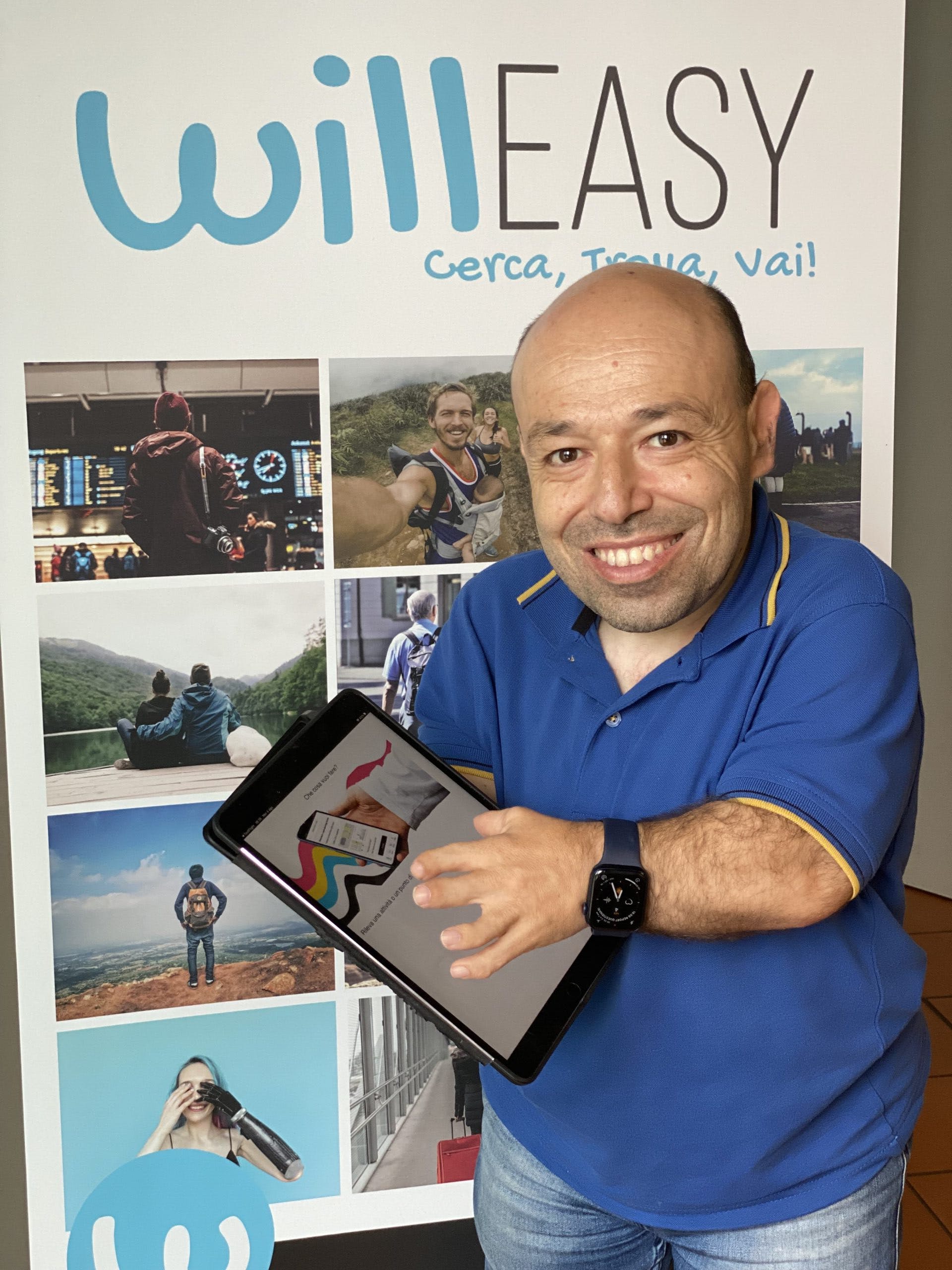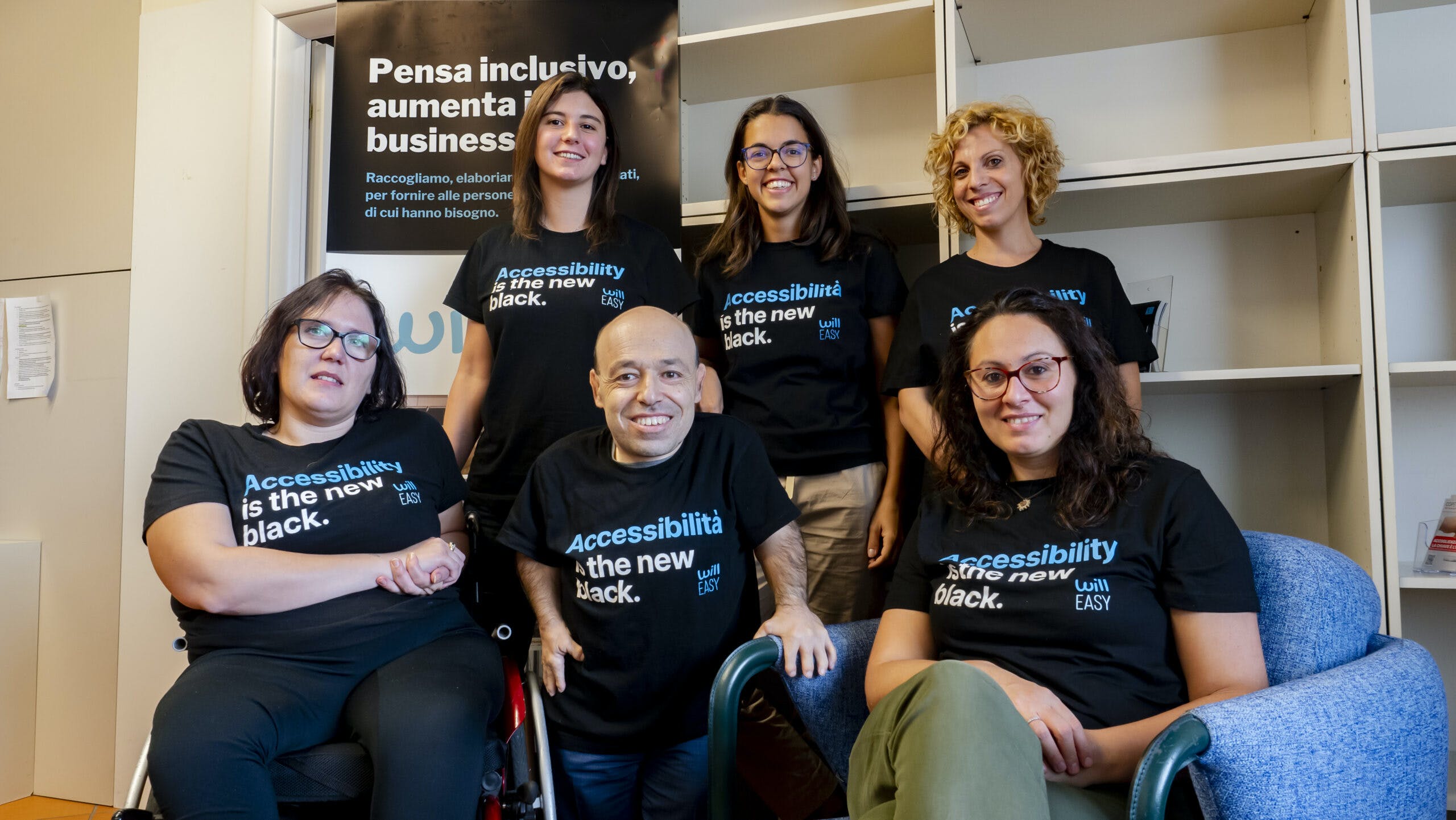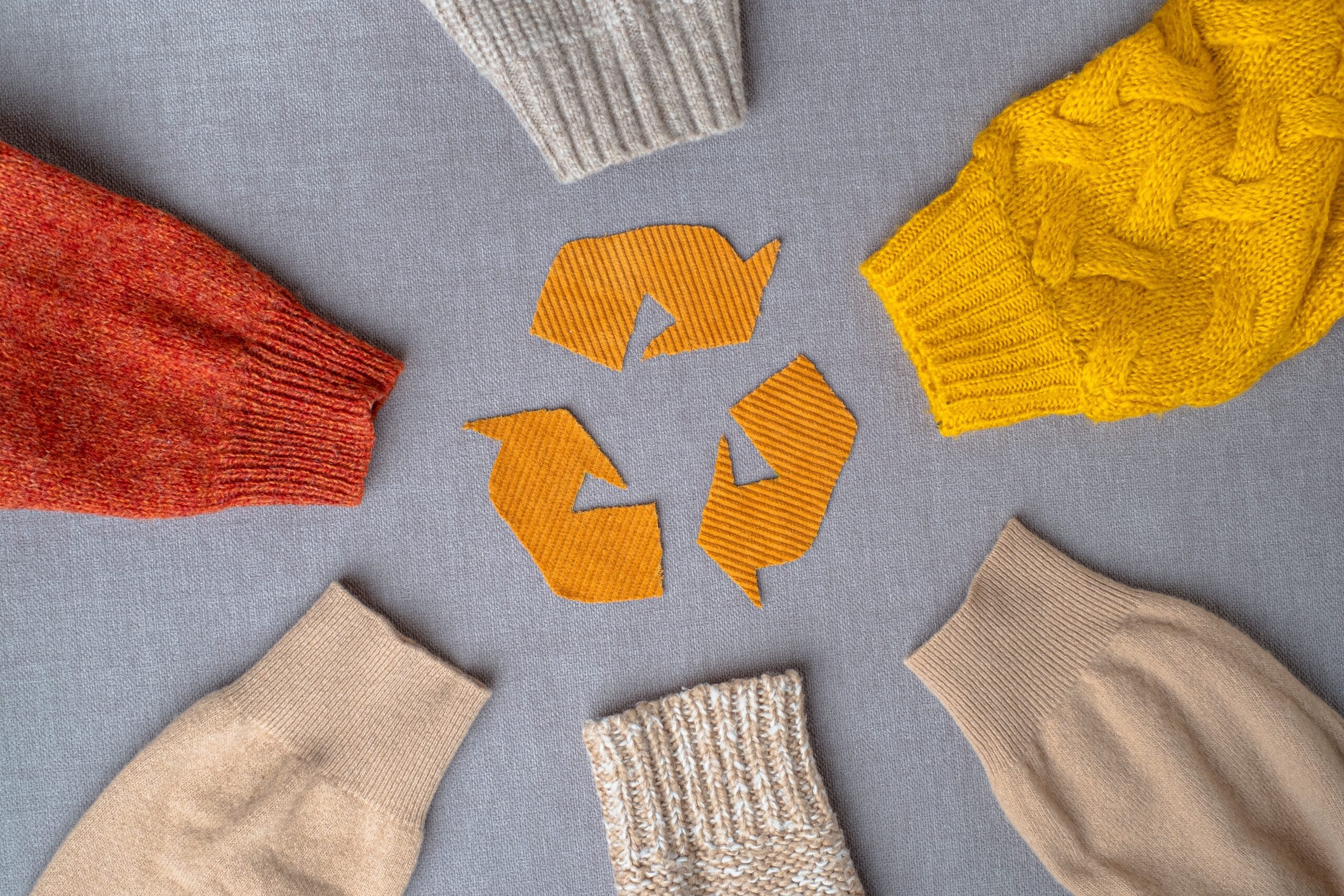
What Dall-e and ChatGPT reveal about gender bias in tech
We asked Dall-e and ChatGPT to show us what a founder and CEO of a Fortune 500 tech company looks like. ...
Launched in 2018 and based out of Italy, Willeasy is an accessibility ecosystem that collects data on the accessibility and usability of venues and events all over the world.
With a mission to be a point of reference for information on city accessibility, the organisation caters to families with children, disabled people, pregnant women, people with nutritional needs, and those who travel with pets in tow.
We spoke with CEO and president William Del Negro about what he hopes to accomplish at Web Summit 2023, and about how governments can best support those with accessibility needs.
This is our fourth time at Web Summit. Last year, we were selected by the Italian Trade Agency to participate. This year will be particularly special, because we’re returning to Lisbon after having undertaken a significant and important project for the city with the aim of providing all individuals with accessibility needs the essential information they require.
We’ve made our technology, expertise and ideas available to enhance people’s lives. Therefore, we’re confident that our participation in this year’s Web Summit will be even more productive than usual.
Many cities are working to enhance accessibility by removing architectural and sensory barriers, and improving services. However, the process is slow and lengthy.
For us, the primary and most crucial factor is information accessibility – to provide everyone with the freedom to choose, and to move around a city with peace of mind.
Of all the places I’ve visited, the United Kingdom – and London in particular – is where I found the highest level of accessibility.
To me, the UK serves as a model for the rest of the world, because they have an additional factor: accessibility and inclusion are ingrained in their DNA. I can say that they prioritise an ‘accessibility first’ approach.

Willeasy CEO William Del Negro. Image: Willeasy
A beautiful itinerary that we recommend starts in the modern district of Oriente, starting at the metro station. The path goes through the Parque das Nações area and, in some parts, runs along the Tagus River.
One of the best spots on the route is Jardins da Água, a water-themed garden where you can cool off during hot weather. It’s considered an ideal place for families.
The journey concludes at Pavilhão do Conhecimento – Ciência Viva. This interactive science museum is a great choice for families with children, and is fully accessible to individuals with mobility disabilities.
I’d also recommend meandering along the Tagus River. It’s pleasant, relaxing, and a must-see for those visiting the Portuguese capital. Check out Praça do Comércio, Cais das Colunas, Cais do Sodré and Belém Tower along your journey.
 Image: Willeasy
Image: Willeasy
The path along the Tagus is quite easy to navigate and is characterised by few significant inclines or declines, making it very accessible. Furthermore, along the pedestrian path, you’ll find many benches to stop and rest, as well as several rest areas with accessible restroom facilities.
This area is served by the Cais do Sodré metro station and bus lines that go to Belém.
Our goal is to meet with public institutions, companies and organisations involved in transportation and tourism. Our solutions are easily replicable and scalable in these sectors.
Event accessibility is already quite good, and you can see the attention given to this issue. From personal experience, one piece of advice I can offer is to have a more visible info point to assist people with disabilities, especially regarding arrivals and departures from Web Summit.
Main image: Web Summit

We asked Dall-e and ChatGPT to show us what a founder and CEO of a Fortune 500 tech company looks like. ...

We asked our women in tech community for their thoughts on susta...